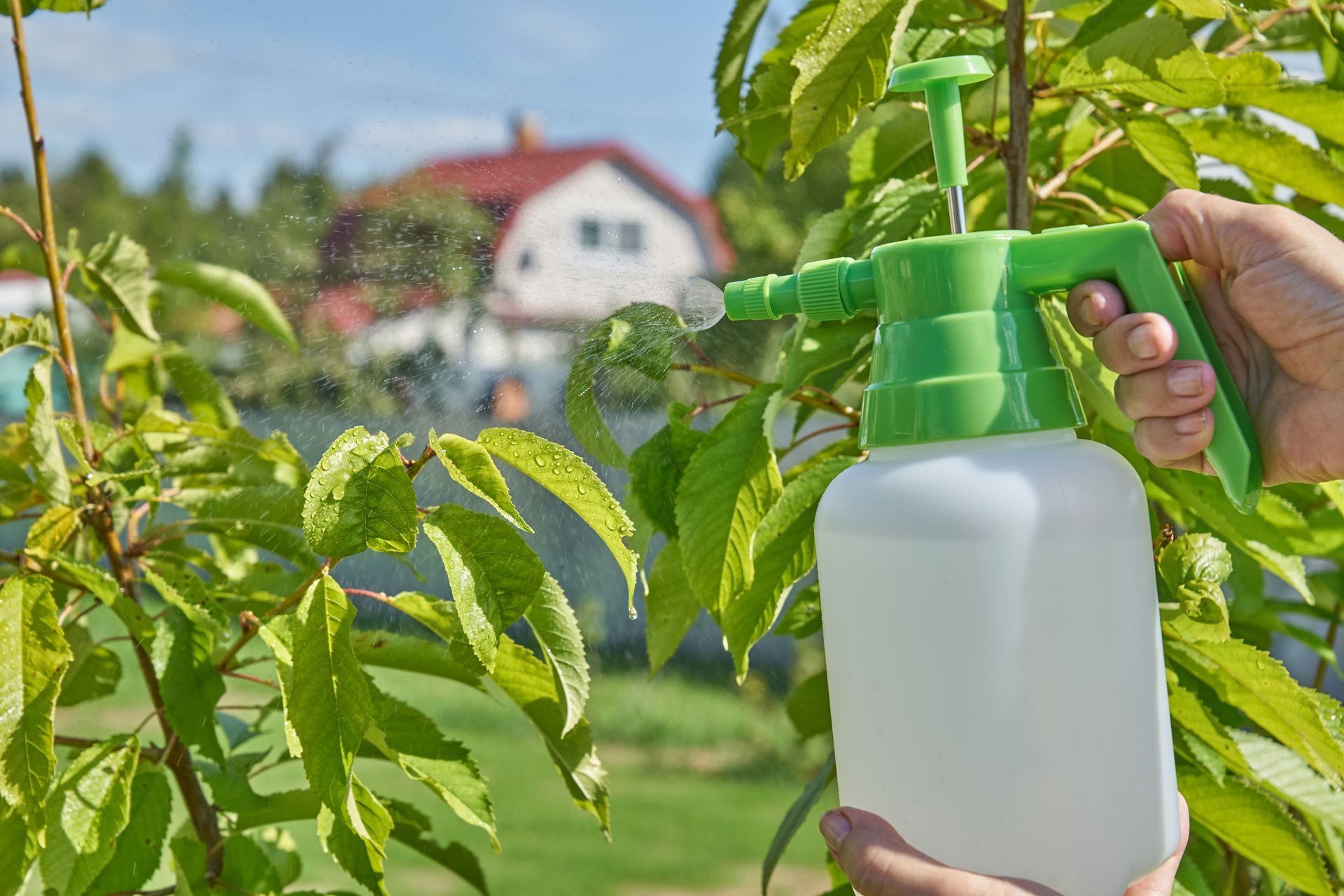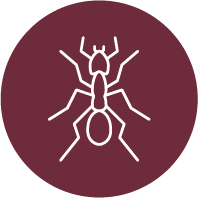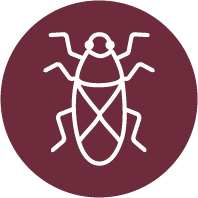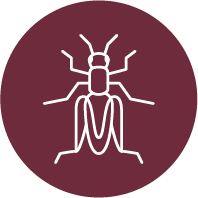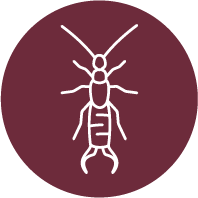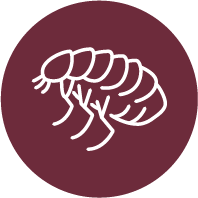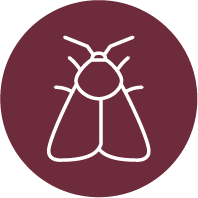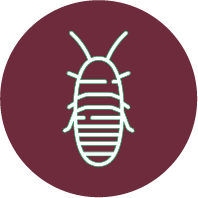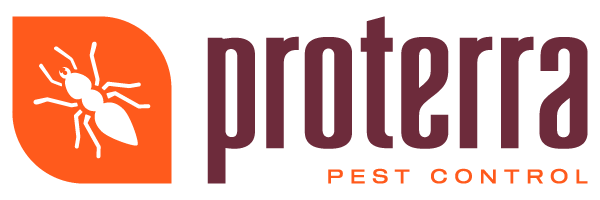Creating Community Trust: Transparent Pest Control for Municipal and Residential Spaces
Municipal buildings, homeowner associations, and residential areas play a significant role in shaping neighborhoods where people feel safe, informed, and looked after. These spaces foster a sense of community that thrives on open dialogue and practical solutions. In the context of pest control, transparency is often the catalyst that turns a basic service into a cornerstone of trust. By focusing on in-depth reporting and ongoing education, communities can stay well-informed about pest risks and actively participate in prevention strategies.
The Importance of Clear Communication for Strong Communities
Clear communication bolsters confidence in shared spaces. Whether it’s a local government office or a condo association’s clubhouse, well-informed residents are more likely to trust the initiatives—like pest control services—that keep public and residential areas safe. When property managers and pest control experts collaborate to promptly share findings, schedules, and potential risks, residents can see the value of proactive measures. This open line of conversation not only reassures them that their concerns are heard but also establishes a cycle of accountability and trust.
Proterra Pest Control prioritizes open communication channels at every stage of service. Ensuring that everyone, from building managers to local officials, has access to relevant details helps strengthen the bond between communities and the teams that work to protect them.
Detailed Reporting as a Cornerstone of Pest Management
Transparent pest control hinges on the principle that knowledge is power. Detailed reporting goes beyond quick notes or generic statements. It provides factual, easy-to-understand information tailored to each community, including:
- The types of pests detected and likely entry points.
- The scope of any observed infestation or risk.
- Precise locations where activity is higher.
- Steps taken to address the situation.
Why does this thoroughness matter? Because the more specific a report is, the better prepared everyone will be to take action. Managerial staff for HOAs and municipal buildings can highlight problem areas that may require more frequent service, and residents can adapt practices at home by sealing cracks or removing clutter. Routine inspections and careful documentation are integral to successful integrated pest management (IPM) programs, helping reduce the likelihood of suddenly facing severe infestations that disrupt day-to-day life.
Community-Wide Education: Empowering Residents and Officials
A community-centric approach to pest control places education at the center. Residents who receive up-to-date information on potential pest hot spots, how to identify early signs of infestation, or when and why treatments are scheduled can actively prevent pests from getting out of hand. Similarly, HOAs and public officials gain footing to implement policies and allocate resources more effectively.
Educational resources might include:
- Neighborhood-wide bulletins explaining why certain treatments are scheduled at specific times.
- Informational sessions or brochures that detail how pests typically spread in communal areas.
- Online articles or videos that show basic strategies, such as proper trash disposal or structural maintenance.
Building a knowledge base fosters self-reliance and vigilance. When people understand what attracts pests, they become part of the solution, not just bystanders waiting for a service team to intervene. It’s a cooperative spirit that saves time, money, and potential inconveniences for everyone.
Routine Services Tailored to Community Spaces
Another critical piece of the puzzle is regular maintenance and responsive emergency treatments. Whether it’s a community center with a weekly calendar of activities or a city hall that hosts multiple departments, each space faces unique pest challenges. Routine service plans can address these specific needs:
- Consistent Inspection and Maintenance: Scheduling monthly or quarterly inspections allows for early detection of any pest activity, preventing minor concerns from escalating.
- Targeted Treatments: Different facilities might require different degrees of attention. For instance, a high-traffic public library may contend with pests hitching rides on books or visitors’ belongings, while a clubhouse might see more pests seeking food or moisture in kitchen areas.
- Swift Emergency Response: When a sudden infestation appears, immediate action prevents it from spreading further. Responsiveness is crucial in community-based facilities, where even small issues can quickly affect multiple users.
By proactively safeguarding facilities from pests, municipalities and HOAs avoid the anxiety and potential disruption caused by unexpected infestations. Partnering with a professional team such as Proterra Pest Control offers the advantage of customized plans that conform to the specific design, usage patterns, and risk factors of each property.
Building the infrastructure of trust within communities relies on open communication at every level. Detailed reporting, ongoing education, and a commitment to transparent updates work together to minimize pest risks and promote confidence in municipal and residential care. With routine service plans and swift emergency response measures, Proterra Pest Control is dedicated to helping communities stay informed, engaged, and prepared. By making transparency a guiding principle, municipalities and HOAs can ensure that residents feel confident in the proactive, quality pest control services designed just for them.

